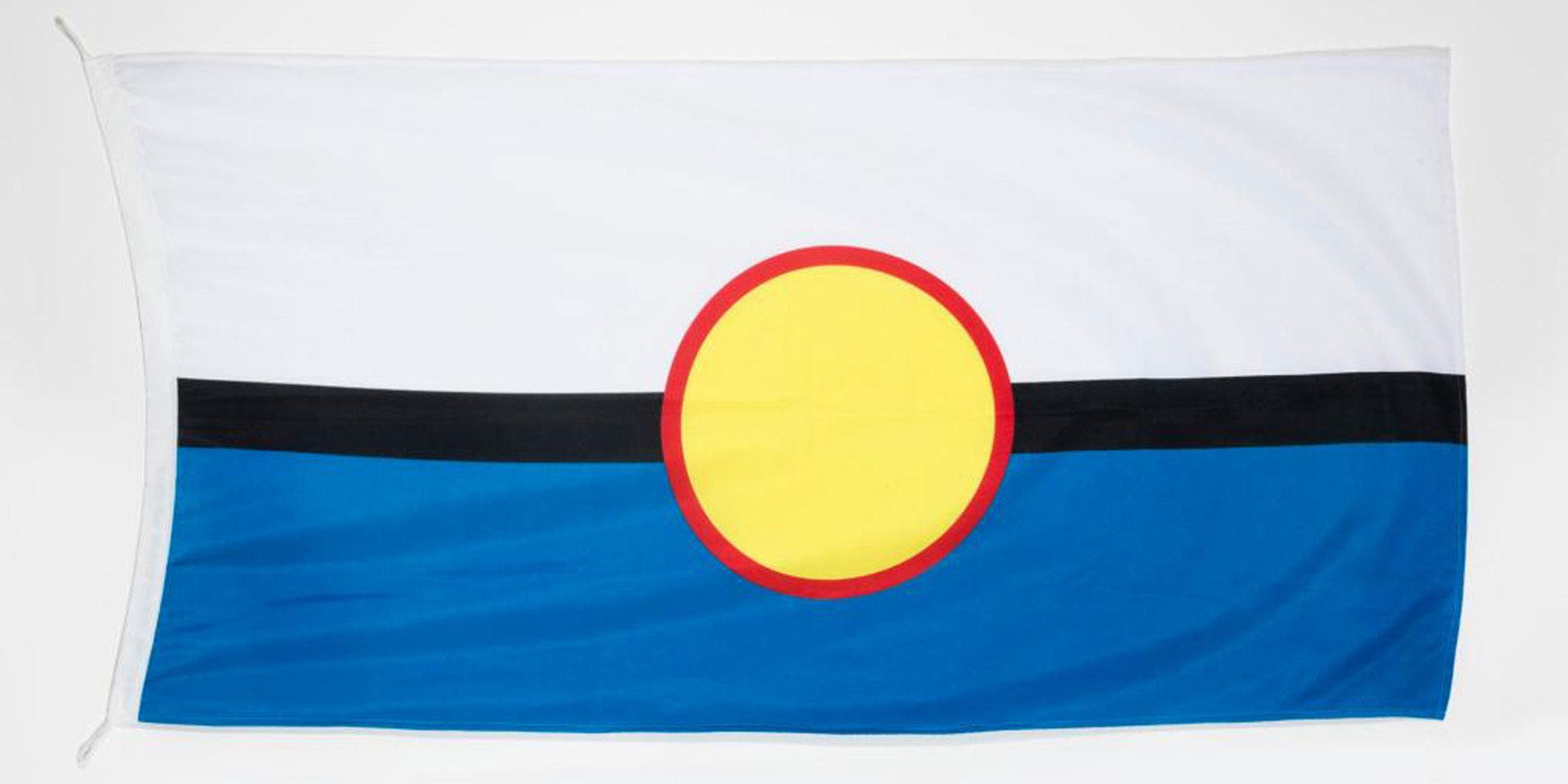Overview
The continual fight to regain ancestral lands and waters and the rights and freedoms for Aboriginal and Torres Strait Islander People continues to the present day.
Key inquiry question:
How successful have Indigenous and non-Indigenous peoples been in the fight to reclaim Aboriginal and Torres Strait Islander rights and freedoms?
Actions from our past
1. The 1992 landmark decision by the High Court in the case Mabo vs Queensland recognised native title in Australia dismissing the doctrine of terra nullius.
- Investigate the decision made and the significance this had for Aboriginal and Torres Strait Islander people.
- Read about the rooftop projection that was commissioned in 2017 by the museum to commemorate Mabo in Remembering Mabo. Aspects of this projection will be shared in the exhibition Looking Back Looking Forward.
- How do we remember and commemorate Eddie Mabo today?
2. The Yolŋu people of East Arnhem Land in their continual fight for the return of country created a collection of bark paintings to educate outsiders about the local stories, land ownership and sacred sites of their saltwater country. The paintings were used as evidence in the High Court challenge for the native sea title claim known as the Blue Mud Bay decision.
- View the paintings in Collections and watch the video Yirrkala paintings of the Saltwater Collection (Vimeo 2:01min) to learn about their significant role in the Blue Mud Sea Rights case.
- Select a painting for closer examination. Observe and identify features, symbols and interpret meaning. Follow the story as you read about the significance and history of the work.
- View the Blue Mud Bay Sea Rights Flag to describe the symbolism of the flag.
- Conduct research into the Blue Mud Bay case in the fight for Sea Country rights. Read The battle for Sea Country legal rights blog and explain the significance of the achievement in gaining rights to Sea Country.
- Locate Mud Bay Sea and identify the language group with the AIATSIS map of Aboriginal Australia on the AIATSIS website. Further your understanding with Australia’s First languages with AIATSIS and the 50 Words project.
3. Create a timeline of significant events that outlines the history of Aboriginal and Torres Strait Islander rights and freedoms. How influential were the Mabo and Blue Mud Bay Sea Rights cases in progressing land and sea rights for Aboriginal and Torres Strait Islander peoples?
Actions for our future
The Aboriginal and Torres Strait Islander people’s voice was taken away in the establishment of the British colony. It led to dispossession, displacement, disease, violence and marginalisation, the effects of which continue in the present day. Aboriginal and Torres Strait Islander people face discrimination, racism and experience significant socioeconomic disadvantage and health inequality.
1. As a class discuss the phrase ‘a fair go’? The Australian identity has developed throughout history to embody a value system encouraging equity and equality. But who is left out of this picture?
- Engage with the Uluru Statement of the Heart online and read the following extract:
"We call for the establishment of a First Nations Voice enshrined in the Constitution…In 1967 we were counted, in 2017 we seek to be heard".
In 1967, a YES response to the referendum for recognising Aboriginal people in the census changed the Constitution. In 2020, a referendum for constitutional change to establish a 'First Nations Voice' is still being debated.
- Conduct research into the Uluru Statement and requests being made to provide a 'First Nations' voice in legal and political systems. Examine the progress made.
Main image: Blue Mud Bay Sea Rights Flag, © Donald Nuwandjali Marawili, ANMM Collection 00054886_001
